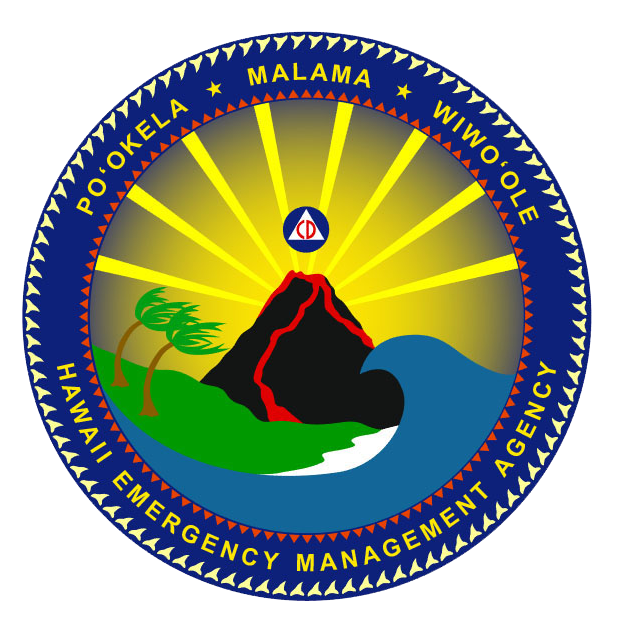The Story Behind Hawaii Volcano Observatory
Posted on Feb 3, 2017 in Information and News Releases, MainThe following story is from the U.S. Geological Survey’s “Volcano Watch”. The weekly publication is written by scientists at the Hawaii Volcano Observatory.
The story of HVO goes back to 1909, when a geologist named Thomas A. Jaggar visited Kīlauea for the first time. Noting the volcano’s frequent and relatively benign eruptions, fairly easy access, and frequent earthquakes, Jaggar concluded that Kīlauea was the ideal site to study volcanic and seismic activity. He soon began raising funds to build a volcano observatory at the summit of Kīlauea on the Island of Hawaiʻi.
Jaggar, a professor at the Massachusetts Institute of Technology (MIT), was unable to move to Hawaiʻi right away. But by late 1910, he had secured MIT funds to purchase specialized equipment and shipped it to Hawaiʻi in anticipation of his work on Kīlauea. He also arranged for an American volcanologist, Frank Perret, to travel to the island and begin observing and recording Kīlauea’s volcanic activity. Perret was in Hawaiʻi from July to October 1911.
Several prominent Hawaii businessmen had pledged money in 1909 to build an observatory at Kīlauea, but Jaggar’s delay in getting it started had cooled their enthusiasm. Perret, however, demonstrated the value of scientific observation and documentation at Kīlauea, and these businessmen, who had formed the Hawaiian Volcano Research Association (HVRA), again pledged funding to cover the daily operating expenses not covered by MIT funds. Continued HVRA support kept HVO going for many years.
Jaggar finally arrived at Kīlauea and took over the continuous study of Hawaiʻi Island’s active volcanoes in January 1912. Although Perret began monitoring Kīlauea the year before, 1912 is generally noted as the year HVO was founded and the beginning of the first century of volcano watching in Hawaiʻi.
Jaggar was the Director of HVO until he retired in 1940. Since then, 19 other scientists have served as HVO’s Director or “Scientist-in-Charge.”
From 1912 to 1947, HVO was located near the present-day Volcano House Hotel in Hawaiʻi Volcanoes National Park. In 1948, HVO was moved into a building that is now the National Park’s Thomas A. Jaggar Museum, where it remained for almost 40 years.
In 1986, HVO moved to its current location—a building constructed next to Jaggar Museum—perched on the rim of Kīlauea’s summit caldera.
In the years since HVO was funded by the Hawaiian Volcano Research Association (1912–1919), other agencies have funded the observatory. These agencies include the U.S. Weather Bureau (1919–1924), the U.S. Geological Survey (1924–1935), and the National Park Service (1935–1947). In 1947, the U.S. Geological Survey became the permanent administrator of HVO.
Today, HVO is part of the USGS Volcano Hazards Program. Its mission is to monitor active and potentially active Hawaiian volcanoes and associated seismicity, assess volcanic and earthquake hazards, respond to volcanic crises, and conduct research on Hawaiian eruptions and earthquakes. HVO also provides volcanic and seismic hazards information to the emergency managers and affected populace who must make decisions about public safety. HVO differs from other USGS volcano observatories in that it is also the authoritative source of earthquake information in Hawaii.
HVO’s staff has grown from one geologist in 1912 (Jaggar) to a team of as many as 26 people in recent years, including specialists in geology, geophysics, seismology, volcanic gases, computer technology, electronics, library/photo archives, administration, and public information. Hundreds of volunteers and academic collaborators from around the world have also provided valuable assistance to HVO through the years.
HVO’s work today is as exciting and relevant as it was in the days of Thomas Jaggar, who felt a profound responsibility to use scientific inquiry to serve communities. We are proud to carry on his legacy—serving the people of Hawaiʻi and beyond—into HVO’s second century.
